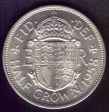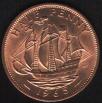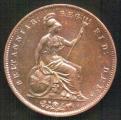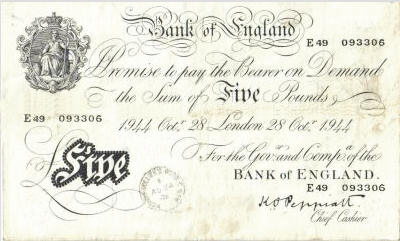Imperial Measures & Old Money
At school we were taught the Imperial units of measure. This was before metrication where every conceivable measurement is based on 10. With Imperial there was no common root to the units so each had to be learned and memorised which was no easy task.
12 inches =
3 feet =
5½ yards =
22 yards =
10 chains =
8 furlongs =
1 foot
1 yard
1 rod, pole or perch (who could forget that one)
1 chain (length of a cricket pitch)
1 furlong
1 mile.
Then 220 yards in 1 furlong and 1,760 yards in 1 mile.
16oz (ounces) =
14lbs =
8 stones =
20 cwt =
1lb (pound)
1st (stone)
1 cwt (hundredweight)
1 ton.
Then 112lbs = 1 cwt and 2,240lbs in 1 ton.
20 fluid ounces =
4 gills =
2 pints =
4 quarts =
8 pints =
1 pint
1 pint
1 quart
1 gallon
1 gallon
and 1 gallon of water weighs 10lbs.
4 farthings =
2 ha'pennies =
12 pennies =
240 pennies =
20 shillings =
21 shillings =
2 shillings =
half a crown =
1 penny
1 penny
1 shilling
1 pound
1 pound
1 guinea
1 florin
2 shillings and 6 pence.
Banknotes in circulation were the 10 bob note (10 shillings), the pound note and if you were well off the £5 note. The £5 note was a very large white note and if you had one you knew about it.
Coins in use were the farthing, the ha'penny, the penny, two types of threepenny bit (the brass one with 12 sides and the older silver one), the sixpence (aka the tanner), the shilling (aka the bob), the 2 shilling coin or florin (some old florins were still in circulation) and the half crown.
The crown was not in circulation but was used for commemorative coins such as the Coronation Crown of 1953 and the Royal Wedding Crown as recently as 1981 for Charles and Diana.
After decimalisation 1 new penny was equal to 2.4 old pennies and the old sixpence which was still used was worth 2½ new pence.
Money was written as:
2/- for 2 shillings
£3/15/6d or £3 15s 6d for 3 pounds, 15 shillings and 6 pence.
We used 'd' for pennies then, rather than the 'p' which only came into use
with decimal money. This practice dated back to the denaro which was a coin
used by the Romans.
Coins

The farthing

The penny

Threepenny piece

Sixpence

Two shilling coin

Half Crown

The ha'penny

A Victorian penny
Silver threepenny piece

Shilling

The florin (2 shillings)

Diana and Charles Crown
